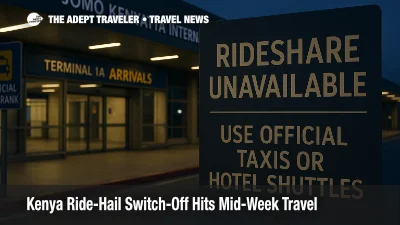Ride Share
Ride share is revolutionizing the way people view and use transportation as we know it. Ride share is a type of transportation that uses a third-party application, such as Uber or Lyft, to assign and implement a ride between individuals. Riders can check availability, book a ride, and track it easily through their phones. On the other hand, drivers can sign up, create a profile and be tracked through a GPS system to determine their arrival time and available rides. Ride share has completely changed the way that people can travel, with both riders and drivers enjoying a variety of benefits.
One of the main advantages of ride share is its cost-effectiveness. Aside from eliminating the need for purchasing costly car insurance policies, ride share stands out for its low cost. Generally, it is much cheaper than taking a taxi or other forms of public transportation since it is a shared service; riders pay for a portion of the cost while the driver covers the rest. With Uber and Lyft, riders can pay the estimated cost of their ride up front or get a quote and make the payment when the ride is over.
In addition to its low cost, ride share has also revolutionized the way travelers can get around. Taxi drivers, car services, subways, and buses are no longer the only transportation alternatives. Ride share provides an easy, safe and convenient way for travelers to get from point A to point B. The ride share app can provide many options for travelers with varying costs and estimated time frames for arrival. Ride share options vary by city and can include a variety of vehicles, including cars, minivans, and even electric vehicles.
Ride share has also been beneficial to drivers. In addition to the obvious financial benefits, drivers have the ability to set their own schedule and take only the trips they would like to take. Lyft and Uber drivers are able to pick up riders while they are not otherwise occupied or take a break whenever they feel like it. Both platforms also offer bonuses and incentives to satisfied drivers and riders.
The biggest positive of ride share, however, is its convenience. Riders and drivers use an app to book and track rides. In many cities, the cars are available 24 hours a day and are able to be tracked through GPS, eliminating any guesswork about when the cars will arrive. The mobile interface also means that riders and drivers can communicate with each other, discuss their route and preferences, and receive notifications - all from their phones. Furthermore, the ride share app allows riders to pay for the ride with their phones, removing the need for cash and making the payment process more automated.
In conclusion, ride share has revolutionized the way individuals can travel. It is a safe, cost-effective and convenient transportation option that can save both riders and drivers time and money. It helps people navigate the city of their choice in a reliable and fast way. Uber and Lyft have become increasingly popular over the past few years, and it is not difficult to see why. By harnessing the power of the mobile phone and GPS, it offers a convenient and cost-effective way to get around without the hassles of traditional transportation systems.
Kenya Ride Hail Strike Darkens Apps Nationwide

Kenya Ride-Hail Switch-Off Hits Mid-Week Travel

Moving Rideshare Services at O'Hare Airport Negatively Affects People with Disabilities: A Discriminatory Policy

